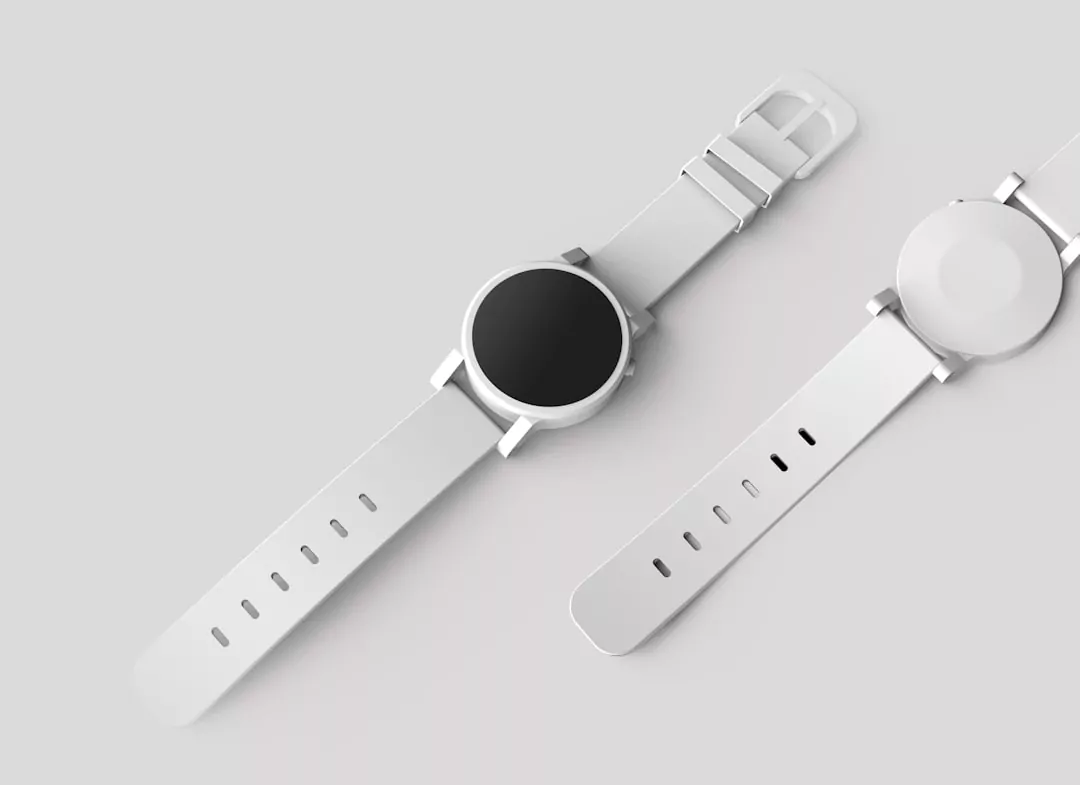5 Ways Fashion Brands Can Optimize Operations with Technology
A Free Guide by Composure Works
By Annie Graziani
(5 Minute Read)
Why Technology is Essential for Fashion Brands
Hi, I’m Annie Graziani. I’ve worked with countless fashion brands struggling to keep up with the demands of modern retail—rising costs, supply chain disruptions, and increasing sustainability regulations. The brands that thrive today are those that embrace technology not just as a tool but as a strategic advantage.
Technology is revolutionizing fashion by streamlining operations, reducing waste, and improving decision-making. Whether you’re an emerging brand or an established player, integrating digital solutions can drive long-term profitability while enhancing sustainability.
I started Composure Works to bridge fashion and technology with purpose. I work directly with leadership teams to streamline operations, manage change, and deliver projects that drive real, sustainable results.
My goal is always the same: to help brands run more efficiently without losing their creative edge.
What fuels me is the transformation—seeing businesses evolve through better tools, stronger processes, and data-driven decisions. Whether it’s optimizing a supply chain or rolling out a new system, I’m all in. Because for me, fashion is where creativity meets possibility—and that’s where I do my best work.
The biggest challenge for many fashion brands isn’t just launching new collections — it’s building the operational foundation to scale sustainably and stay competitive.
At Composure Works, we worked with a brand that had strong creative direction but struggled with inefficiencies in product development and supply chain management. Bottlenecks, delays, and disconnected systems were limiting their growth and creating unnecessary waste.
After introducing a customized operational roadmap supported by PLM and ERP integration, the brand saw improved cross-functional collaboration, faster time to market, and better visibility across their supply chain. That success confirmed what we already believed — operational excellence drives brand longevity, so now it’s a core part of what we deliver to every client.
This guide will explore five key areas where technology can help fashion brands operate more efficiently and successfully.
Table of Contents
The good news is that a technology-first operational strategy can be built in just a few days—setting your brand on a path toward smarter, more sustainable growth. With the right tools and a clear roadmap, it’s easier than you think to streamline operations, reduce waste, and improve performance across the board.
Ready to take the first step?
1: Implement a Smart Supply Chain with AI & ERP

A fragmented supply chain is one of the biggest challenges for fashion brands. An AI-powered supply chain combined with an ERP (Enterprise Resource Planning) system centralizes data, automates tracking, and reduces inefficiencies.
How Technology Helps:
AI-Powered Demand Forecasting:
Brands like Zara use AI to predict trends and adjust production accordingly, reducing overstock and markdowns.
Real-Time Inventory Tracking:
RFID (radio-frequency identification) helps track inventory from factory to store, minimizing losses.
Sustainability Monitoring:
H&M’s sustainability portal tracks supplier carbon emissions and ethical sourcing compliance.
✅ Checklist:
✔️ Do you have an ERP system that integrates suppliers, inventory, and logistics?
✔️ Are you using AI-powered forecasting to reduce stockouts and overproduction?
✔️ Can you track and report on sustainability data in your supply chain?
2: Enhance Product Lifecycle Management (PLM) for Faster Innovation

Product development in fashion is complex, requiring coordination between designers, material suppliers, and manufacturers. A PLM (Product Lifecycle Management) system streamlines collaboration, reduces errors, and speeds up product launches.
How Technology Helps:
3D Design & Digital Sampling:
Brands like Tommy Hilfiger use CLO 3D software to create digital prototypes, reducing physical samples by 80%.
Centralized Collaboration:
Cloud-based PLM platforms keep teams aligned, reducing miscommunication and costly redesigns.
Material & Sustainability Data Integration:
Stella McCartney uses PLM to track material sourcing and carbon footprints.
✅ Checklist:
3: Automate Order & Inventory Management for Seamless Operations

Manual inventory tracking leads to overstocking, lost sales, and fulfillment delays. Automating these processes ensures accuracy and efficiency.
How Technology Helps:
Omnichannel Integration:
Nike’s automated inventory system syncs stock across e-commerce, stores, and warehouses.
Automated Fulfillment:
Amazon uses AI-powered robots to manage warehouse operations, ensuring faster order processing.
Smart Inventory Replenishment:
AI-driven inventory systems analyze sales patterns to optimize stock levels, reducing waste.
✅ Checklist:
✔️ Do you have a centralized inventory management system for all sales channels?
✔️ Is your order processing automated to minimize errors and delays?
✔️ Are you leveraging AI to optimize restocking and prevent overproduction?
4: Leverage Data Analytics for Smarter Decision-Making
Fashion brands that use data analytics outperform competitors by making informed decisions about pricing, inventory, and sustainability.
How Technology Helps:
AI-Powered Pricing Optimization:
ASOS uses machine learning to adjust prices based on demand, maximizing revenue.
Sustainability Tracking & Compliance:
Patagonia uses blockchain to ensure material traceability and transparency.
Customer Insights & Trend Analysis:
Brands like Revolve use AI to analyze shopping behavior and predict upcoming trends.
✅ Checklist:
✔️ Are you tracking KPIs to measure efficiency and profitability?
✔️ Do you use AI to optimize pricing and marketing campaigns?
✔️ Is sustainability data integrated into your operational reporting?
5: Improve Customer Experience with Digital Innovation
Consumers expect seamless, personalized shopping experiences, both online and offline. Digital tools enhance engagement and reduce returns.
How Technology Helps:
AI-Powered Recommendations:
Stitch Fix uses AI styling to personalize outfits for customers.
Virtual Try-On & AR (Augmented Reality):
Gucci and Sephora use AR apps to let customers try on products virtually.
AI Chatbots for Customer Service:
Brands like H&M use chatbots to answer FAQs, track orders, and improve service.
✅ Checklist:
✔️ Are you using AI-driven personalization for product recommendations?
✔️ Have you implemented Virtual Try-On or AR to enhance the shopping experience?
✔️ Is your customer support automated with AI-powered chatbots?
Final Thoughts: Optimize, Scale & Succeed
Technology isn’t just a trend—it’s the foundation of a sustainable, efficient, and profitable fashion business.
Brands that embrace digital transformation will:
Reduce waste & improve sustainability
Enhance operational efficiency
Increase profitability & customer loyalty
Need help implementing the right technology solutions?
Graziani Consulting specializes in tech-driven operational optimization for fashion brands.
Let’s connect! Schedule a consultation today to future-proof your fashion business

